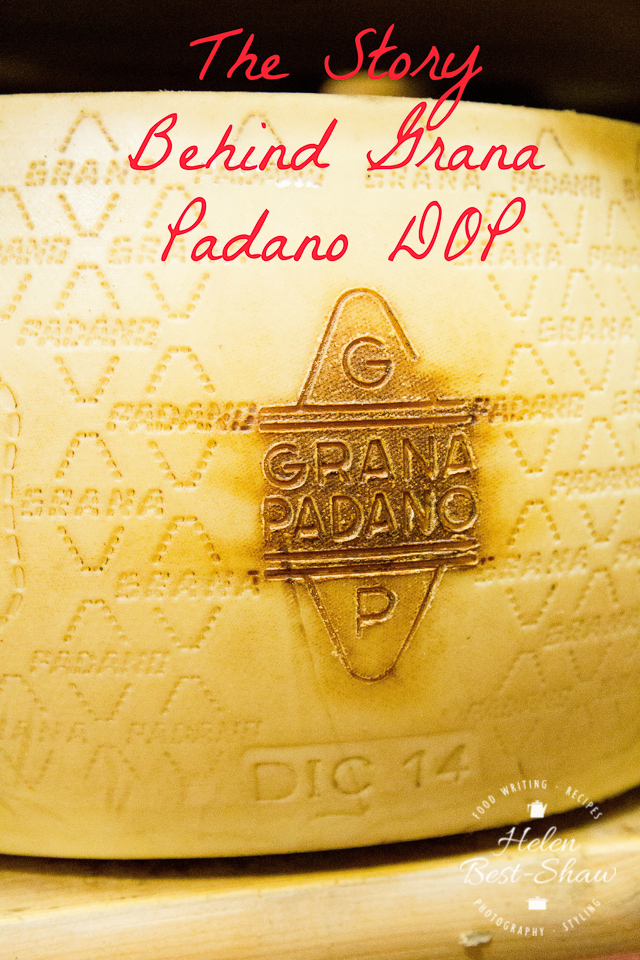 I have written before that to truly learn about a country, rather than walking a mile in another man’s shoes, you need to dine at their table. A step further would be to learn how they make their food and directly experience the passion that all producers of truly fine food possess.
I have written before that to truly learn about a country, rather than walking a mile in another man’s shoes, you need to dine at their table. A step further would be to learn how they make their food and directly experience the passion that all producers of truly fine food possess.
Having journeyed through Italy last year and seen, and tasted, again and again the ethos of quality ingredients, simply cooked, I was delighted to return again last month to learn a little more about how some of these iconic quality ingredients are made, and to learn the stories behind them.
My journey started in Milan, and then via train to the city of Cremona, nestling on the left bank of the Po, in the south of Lombardy. History tells us that this famous cheese has been made in the Po valley for nearly 900 years, originating from the 1135 from Chiaravalle Abbey where the monks called the cheese caseus vetus – or old cheese. The local people, who did not speak Latin, named the cheese formaggio di grana, grainy cheese, which became known simply as grana.
The names of the cheeses became formalised in the summer of 1951 where both the Grana-Lodigiano (which became Grana Padano) and Permigiano-Reggianos’ names and characteristics were recognised. In 1954 some rules on the Protection of the Designation of the cheeses were established, with these rules being acknowledged by a Government decree in 1955.
In 1996 Grana Padano obtained its Protected Designation of Origin (PDO / DOP) recognition from the EU, with the precise rules of provenance and method, which lead to the guarantee of a quality product. Only Grana Padano made to these rules can carry the familiar diamond shaped logo which guarantees both its quality and origin. 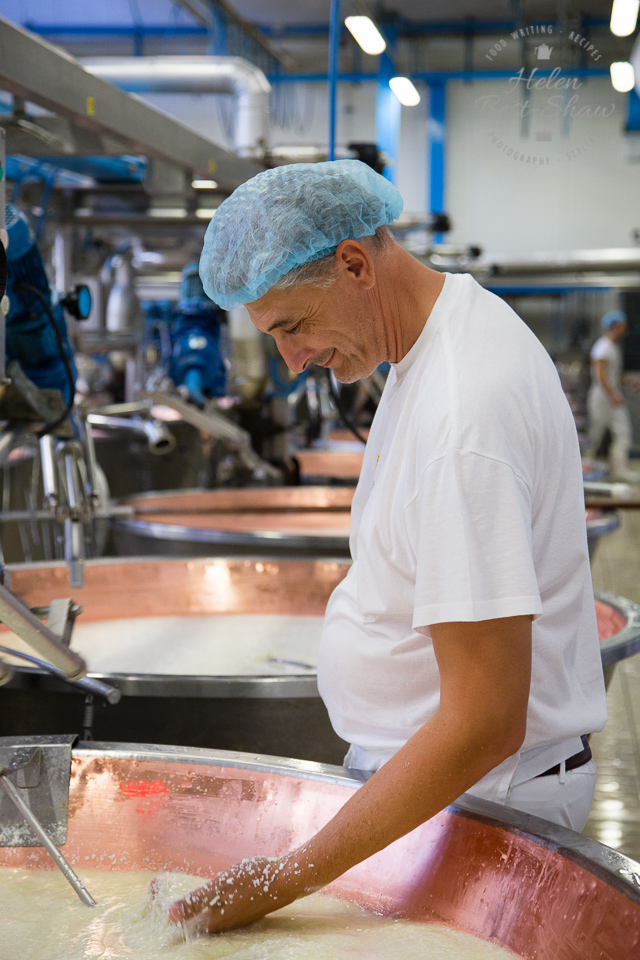 The cheese is made according to the rules, to centuries old techniques, but in a modern factory with the latest labour saving devices. All the decisions are made by one man – the cheese maker who spends the day with his arm in the traditional copper vats feeling and assessing the cheese at every stage of the process.
The cheese is made according to the rules, to centuries old techniques, but in a modern factory with the latest labour saving devices. All the decisions are made by one man – the cheese maker who spends the day with his arm in the traditional copper vats feeling and assessing the cheese at every stage of the process.
Like all cheese, the story starts with the milk. Grana Padano DOP is made from partially skimmed raw milk, from cows milk twice a day, and fed, of course, to the rules. The cheese is made in traditionally shaped copper vats, each of which will product two wheels of Grana Padano DOP. These days there are rows of vats in the dairy – the process is staggered so each vat is at a different stage of the process.
Once filled the vats are heated, and the milk stirred until the temperature is 23-33C, then a mixture of rennet and whey starter (from the previous day) is added. The rennet and starter is stirred into the milk, and the mixture is left to coagulate. Once the perfect consistency has been reached the curds are cut into small pieces by one of the cheese makers using a spherical wire whisk, and left to cook until the temperature reaches 53 – 56C. During the cooking process the curds fall to the bottom of the vat, where they coalesce and stick together.
The cooking process takes between 7 – 15 minutes, once the curds have all dropped to the bottom of the tank, the new cheese is cut in half using a specially designed cutter, then a wooden paddle is slid under the cheese and used to flick it to the surface. Cheese cloths are pushed under the cheese, and in one swift, carefully choreographed, balletic movement the cheese is divided in half, into two of the waiting cheese cloths. The cheese is then tied, ready to be lifted into the moulds.
The fresh cheeses are lifted from the vats to the moulding area, where they are rinsed, and slowly lowered into the squat cylindrical moulds, called fascera, with the cheese cloths carefully folded on top of them. They are topped with a heavy disc.
After 12 hours the all important mould marking stamp is placed between the wheel of cheese and the side of the fascera. This shows the serial number of the dairy, the province and the month and year of production. The diamond shaped lozanges contain the words Grana and Padano, and offer the guarantee to the quality, provenance and method of production. The fascera can be tightened by tapping on the block with a mallet. After about 24 hours the plastic fascera is replaced with a metal mould, with convex sides which gives the cheese its classic shape.
Once the cheese has been transferred to the metal moulds it is stacked onto shelves and immersed in a cool brine to be salted for between 20 – 25 days, before it is removed and sent to the ripening shelves for at least 9 months to mature.
The maturing rooms are awe inspiring, over 160 thousand wheels of Grana Padano DOP lie neatly arranged on towering high shelves. Row after row after row. Shelf after shelf after shelf. Although the rooms have modern controls for temperature, ventilation and humidity it is time that is important and the factor that will work its magic on the cheese. Over a minimum of 9 months the cheese changes and matures into the Grana Padano DOP that we know and enjoy so much. The cheeses are turned every 15 days – in the past this was done by hand, but now by robot.
Finally the matured cheese is inspected, using the traditional tools of a hammer, needle and probe. Those which pass the quality test are branded with the distinctive diamond logo, the guarantee of quality of the cheese. Without this final quality check and mark the cheese cannot be called or sold as a Grana Padano DOP. Those which do not meet the quality standards have the marks from the initial moulding scratched out to protect the consumer and the reputation of the cheese.
Quality, passion and time all come together to make this cheese so special.
To learn more visit Grana Padano DOP’s website, or Facebook page.
I was commissioned by Sapòrem to travel to Italy and to write about and share my experience visiting their four Consortia of premium traditioanl Italian products, or which Grana Padano DOP is one. All opinions my own.

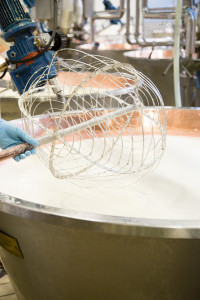
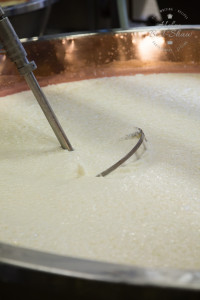
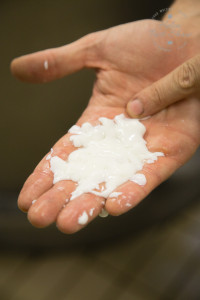

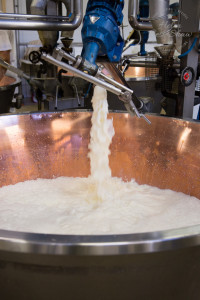


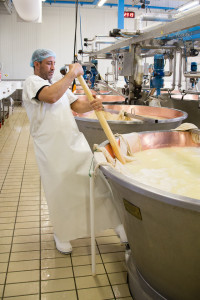

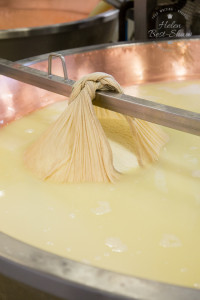

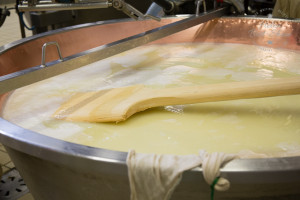
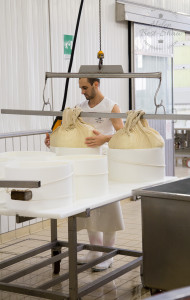
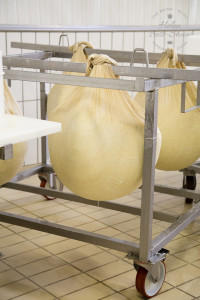

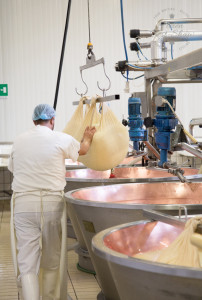


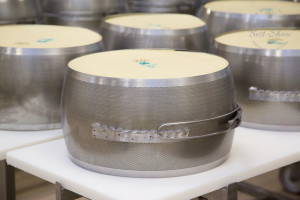
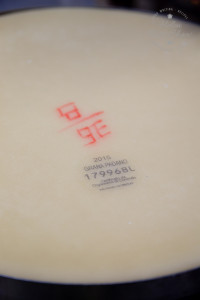
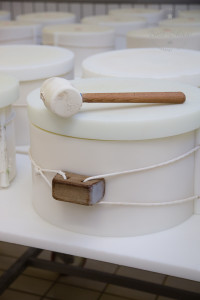

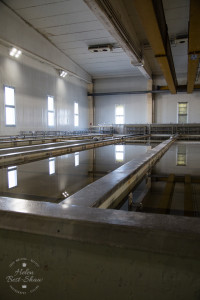
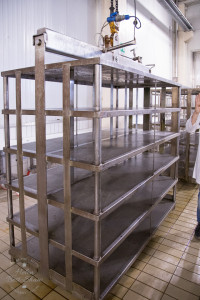
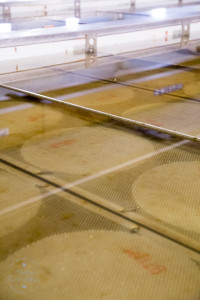


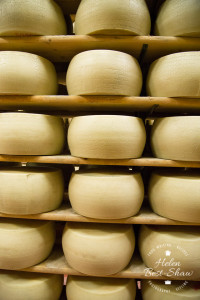



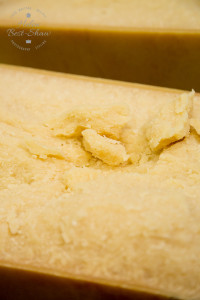
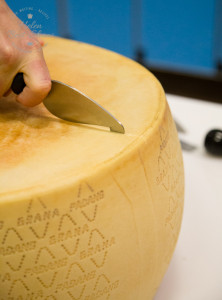


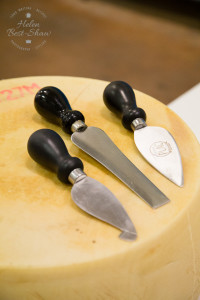

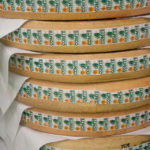


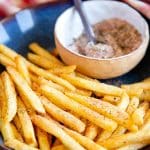


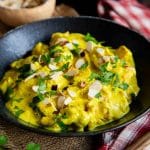




Stuart Vettese
This is fascinating Helen. I love Grana Padano but didn’t know much about it. Thanks for the insight.
Helen
At school we used to visit local food factories, which I loved. The trip to Italy was fascinating. All those cheeses maturing, an amazing site.
Jessica
Cool! I love little digital field trips like this! Loved reading…
Helen
Thanks Jessica, it was such a great experience. I have so much respect for the cheese makers
Laura Hartley
Oh wow this looks like quite an experience!! Would love to see this in real life, I am a huge cheese fan! (That sounds a bit weird…)
Laura
Helen
It was amazing Laura, so interesting. The cheese aging rooms were quite amazing.
shobha
Lovely post .. Nice to know the story.. I had also been to a cheese village near Amsterdam.
Helen
It was fascinating Sobha, I feel a real connection to it now.
Sarah, Maison Cupcake
Wow! I cannot imagine being in a room with 160 thousand wheels of cheese. I generally buy grana padano rather than parmesan.
Helen
It was quite a long room full of cheese. Keep buying it for the great cheese that it is Sarah, rather than an alternative.
Dannii @ Hungry Healthy Happy
It looks like you had a fantastic time. It’s always great to learn about the process that goes in to making things.
Helen
It was hugely fun and extremely interesting.
Vaishali Sengupta
Nice to know all this!
I always bought Grana Padano as Ina Garten recommended it on her show as a cheaper alternative to the much more expensive Parmiggiano Reggiano cheese.
I need to go on this journey somedau!
Thanks for sharing this!
Helen
I think it is really sad that so many people think this. The Grana Padano is a majestic cheese in its own right, I am delighted that you are buying it!
Galina V
What a fascinating trip, Helen! My mother in law always has a good chunk of Grana in the fridge, she also says it is good for your health. It is a delicious cheese, especially when it is just freshly cut.
Helen
I am absolutely sure it has to be good for you. I’d better have another piece to be on the safe side! ;-)
It was an excellent rip – stand by for the next installments.
Sisley White
Wow this is so interesting. I don’t think I’ve ever really thought about how it was made before.
Helen
I don’t think that I had really thought about it either. What really struck me was that the set up in the factory allowed them to produce far more cheese, but all the main things were done by hand still, and certainly the production is reliant on that one cheesemaker, whose decisions set the character of the cheese.
Claudia ! Gourmet Project
Thanks for giving such a wonderful view of one of our greatest products. I’m running to the kitchen to have a bite!
Helen
I am delighted that you enjoyed it Claudia. it was a fascinating day.
Lucy Parissi
That looks just incredible. I would have loved to join in this behind the scenes look at Grana Padano. Those photos of the huge wheels of cheese are amazing. Hope they gave you one to take home with you.
Helen
I think I’d have been over my luggage allowance! But I’d quite like a massive chunk!
Donna
What a great read! And what a fantastic opportunity for you to be able to go and see this happen – I am jealous (also of the eating :) ). Thats for teaching me something new this morning
Helen
It was fascinating Donna, an amazing experience.
Razena | Tantalisemytastebuds.com
I love learning about the food of a people to learn more about their culture and their customs. This was such a wonderfully detailed account of this cheese making process, and I love that even with technology the cheese maker still calls the shots. Thank you for sharing this!
Helen
I am glad you enjoyed it Razena, it was a pleasure and a privilege to visit the factory and be given a tour.
Jeanne Horak-Druiff
Call me a geek but that was a fascinating read! I’d never really thought how they got to be that squat barrel shape! Always astonishes me that something as mild as milk can turn into something as flavoursome as Grana Padano!
Helen
Nothing wrong with being a food geek Jeanne! I found it fascinating too.
Rudolph Adams
What a wonderful looking cheese. Not one I’d heard of before, but I will have to look it out.
Helen
Let me know who you get on with it!
Patricia Lewis
It’s nice to see traditionally produced food like this, even if it is done on a large scale. A much better use of milk than making soapy processed cheese slices!
Helen
It is just as traditional even at large scale Patricia. All the decisions are still made by one man.